
50 Amazing Tornado Facts
Seven deadly years
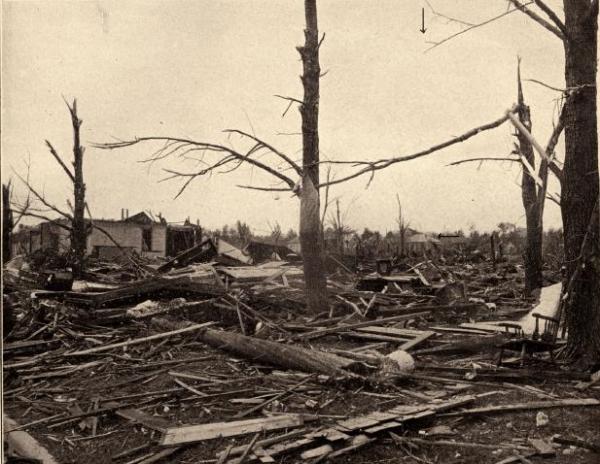
Since 1875, only six other years have seen more than 500 tornado-related deaths, according to data from the NSSL. (They are 1896, 1917, 1925, 1927, 1936 and 2011.)
Modern outbreak
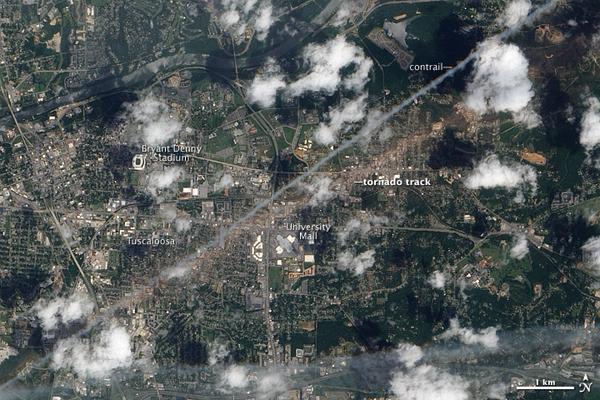
The biggest tornado outbreak for the modern era was the April 27-28, 2011, outbreak across the Southeast, according to the definitions used by the Storm Prediction Center. That outbreak saw 59 EF0s, 65 EF1s, 20 EF2s, 16 EF3s, 11 EF4s and four EF5s, for a total of 175 tornadoes in a single 24-hour period. It killed more than 300 people and caused billions of dollars in damage. The 2011 outbreak took the place of the previous record holder, the so-called Super Outbreak of April 3-4, 1974, which produced 147 known tornadoes.
Infamous record
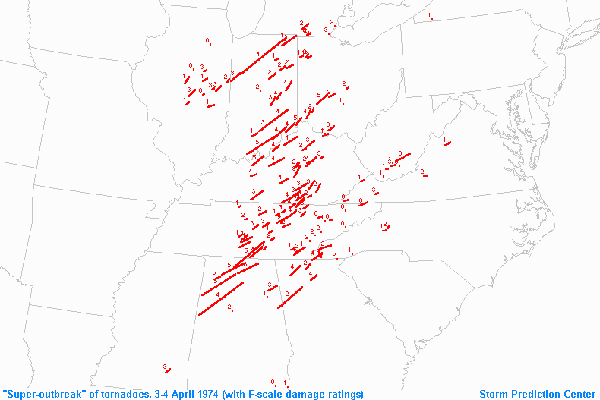
The 1974 "Super Outbreak" still retains the record for the most F5s (as the Fujita scale was still in use then) in a single day: seven.
Widest tornado
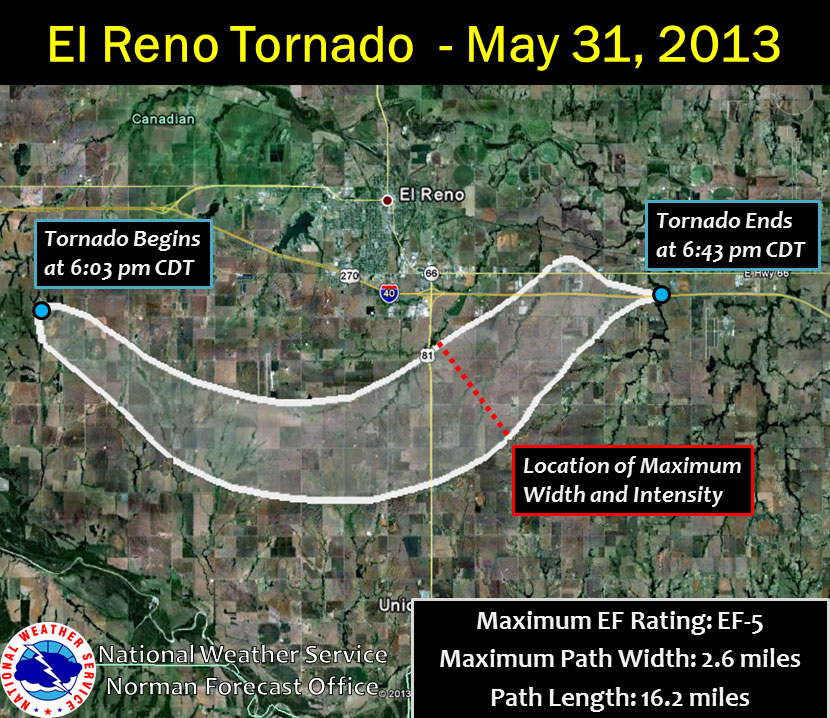
The widest tornado on record was an EF5 that struck near El Reno, Okla., on May 31, 2013. At its peak, the tornado had a width of 2.6 miles (4 kilometers), according to the National Weather Service's Norman, Okla., office. This tornado replaced the previous record-holder, an F4 that struck Hallam, Neb., on May 22, 2004, and that was 2.5 miles wide.
What's the strongest?
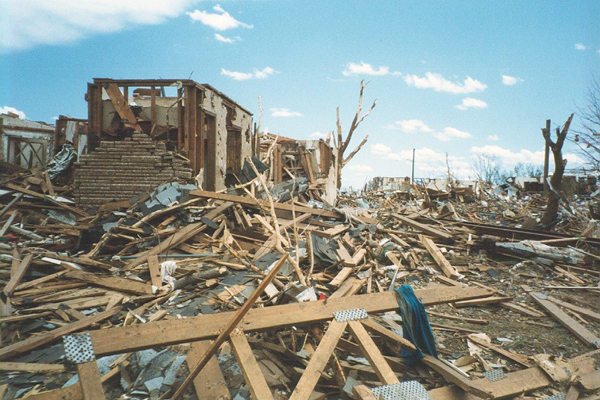
No one knows what the strongest tornado on record is, according to the SPC, because ground-level wind speeds have never been measured in the strongest tornadoes.
Looks can be deceiving
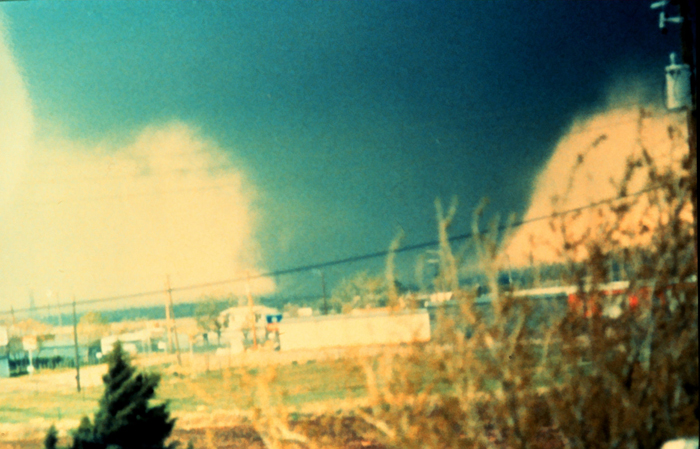
With tornadoes, size is not necessarily an indication of strength.
Unlucky city
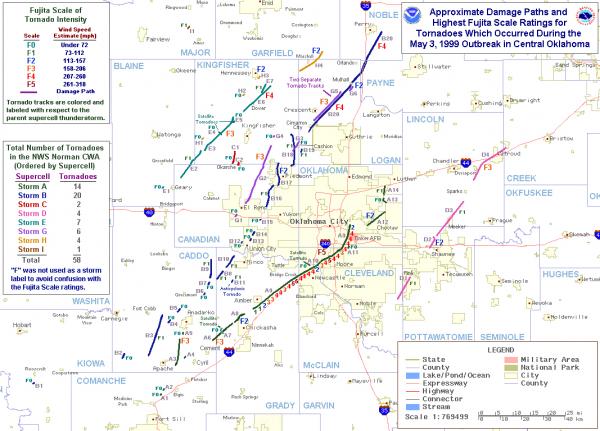
Oklahoma City is the city that has been hit by the most tornadoes based on existing records, according to the Storm Prediction Center. Factoring in changes to the city limits over time and changes to tornado reporting, the city has been hit by more than 100 tornadoes.
High-risk area
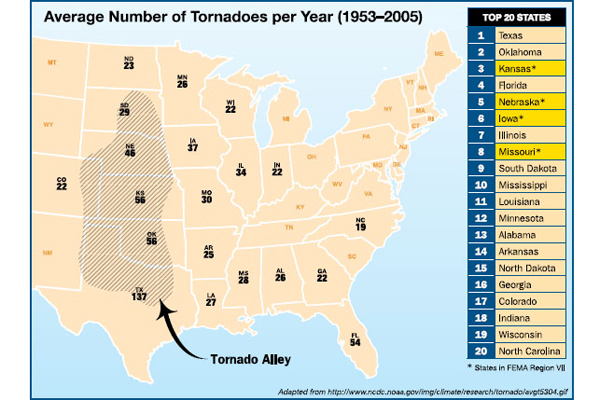
Tornado Alley is not a technically defined area, but is the nickname for the region in the central part of the United States that typically sees the most tornado activity. Tornadoes do happen outside this region.
Way up there
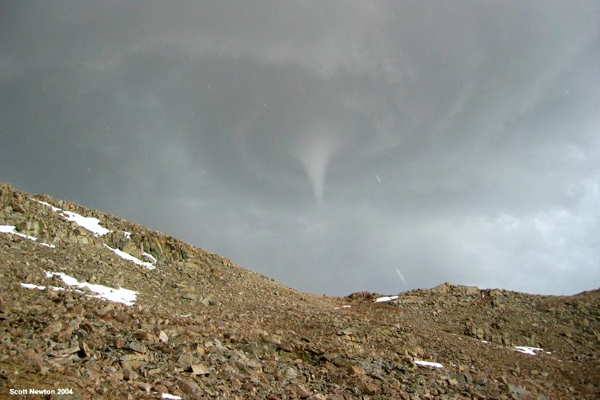
The highest twister ever recorded was photographed by a hiker at 12,000 feet (3,658 meters) in California's Sequoia National Park on July 7, 2004.
Dangerous heights
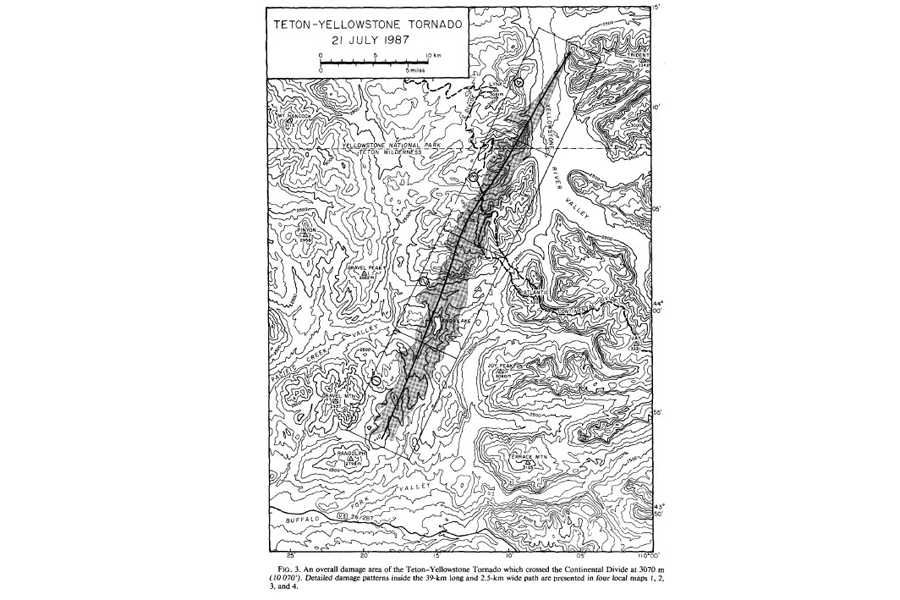
On July 21, 1987, there was an EF-4 tornado in Wyoming between 8,500 and 10,000 feet in elevation, the highest altitude ever recorded for a violent tornado, according to the National Weather Service.
Sign up for the Live Science daily newsletter now
Get the world’s most fascinating discoveries delivered straight to your inbox.

Andrea Thompson is an associate editor at Scientific American, where she covers sustainability, energy and the environment. Prior to that, she was a senior writer covering climate science at Climate Central and a reporter and editor at Live Science, where she primarily covered Earth science and the environment. She holds a graduate degree in science health and environmental reporting from New York University, as well as a bachelor of science and and masters of science in atmospheric chemistry from the Georgia Institute of Technology.










